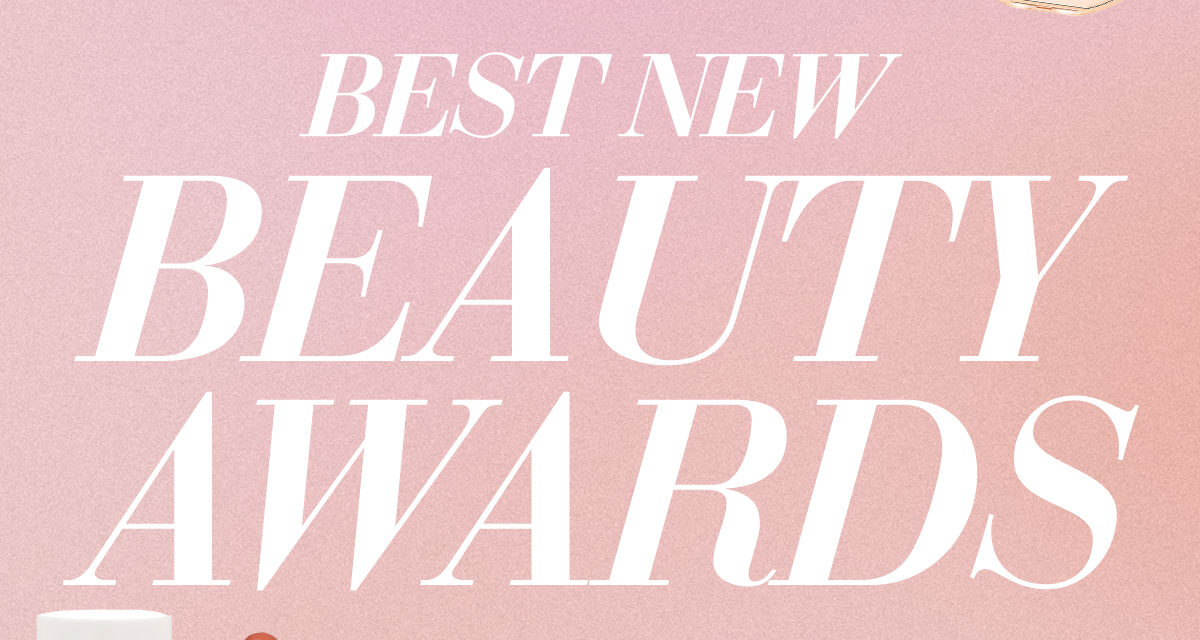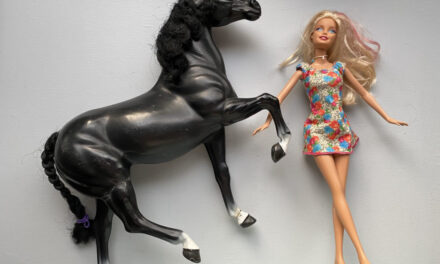This post has been updated since it was published on December 29, 2023.
When Pamela Anderson appeared at events wearing not a stitch of makeup, women everywhere rejoiced. It felt freeing for many to see a glamorous superstar, once known for wearing a lot of makeup, throw caution to the wind and show up in her natural skin. But if you do choose to wear makeup, whether that means a little mascara and blush or a full face of base, eye makeup, and lipstick, it’s important to get your application just right. A few common makeup mistakes that so many women make can look aging and have the opposite effect from what you may have intended.
These mistakes are so common that you may find yourself thinking, but wait, I do that all of the time! Remember: one person’s mistake can be another’s signature look — for example, dark eyeliner on the bottom waterline may make some people’s eyes appear smaller, while it creates just the right amount of dramatic emphasis for someone else. However, these three aging makeup mistakes can accentuate wrinkles and instantly make you look older. If one of your goals with makeup is to look fresh and modern, avoid these makeup mishaps.
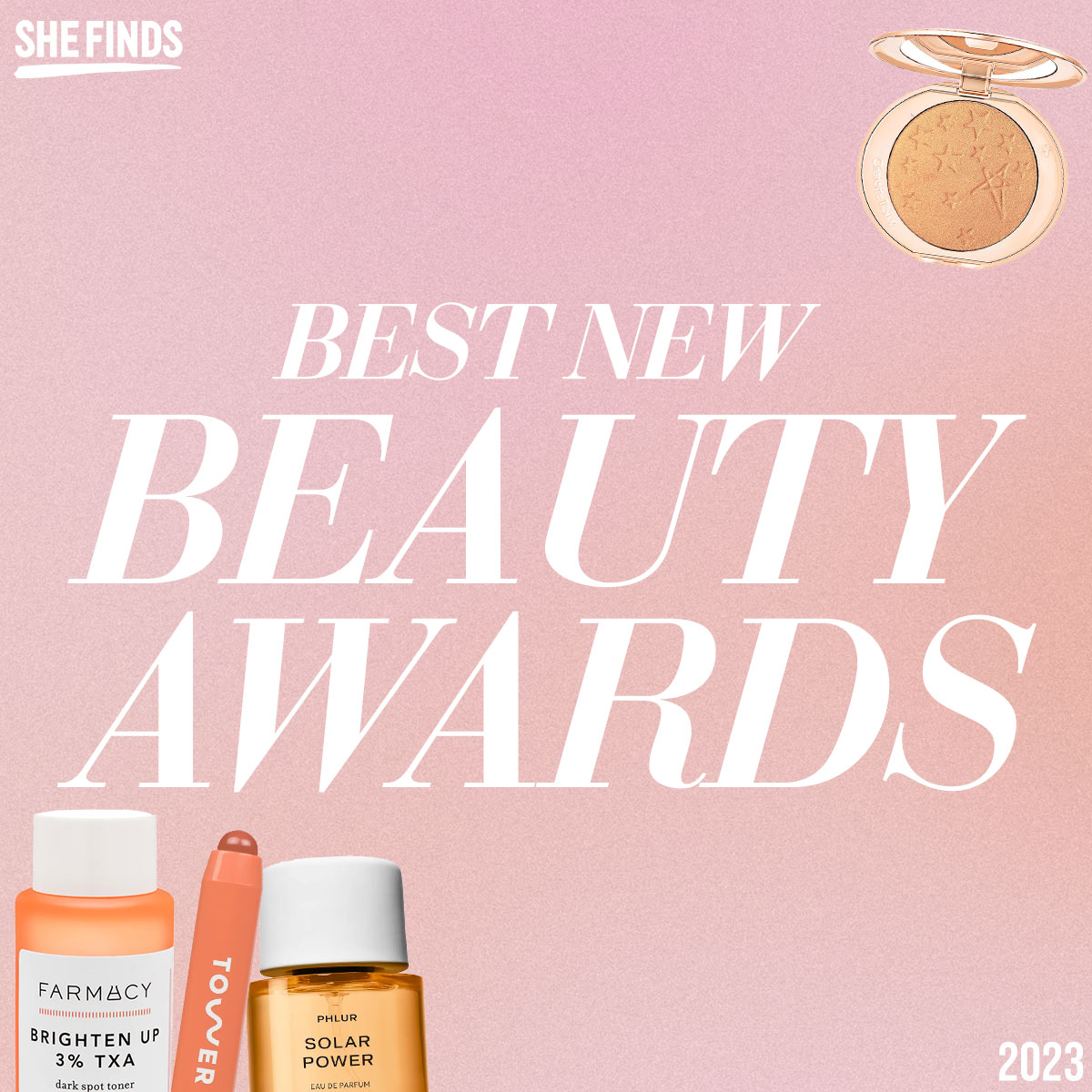
The 125 Best New Beauty Launches Of 2023

Shutterstock
Not Using Primer
Primer isn’t a new product, but the hype around it is hard to miss these days. No longer considered a fringe makeup product or one only used by professional makeup artists, the secret is out about how primer can blur pores and create a barrier between your skin and foundation and concealer. If your mature skin is on the dry side, you can even purchase a hydrating primer that infuses your skin with nourishing ingredients like hyaluronic acid.
Apply it and then layer foundation and concealer on top of your primed skin. This extra steps helps your makeup last longer and can prevent streaks and cakey buildup.
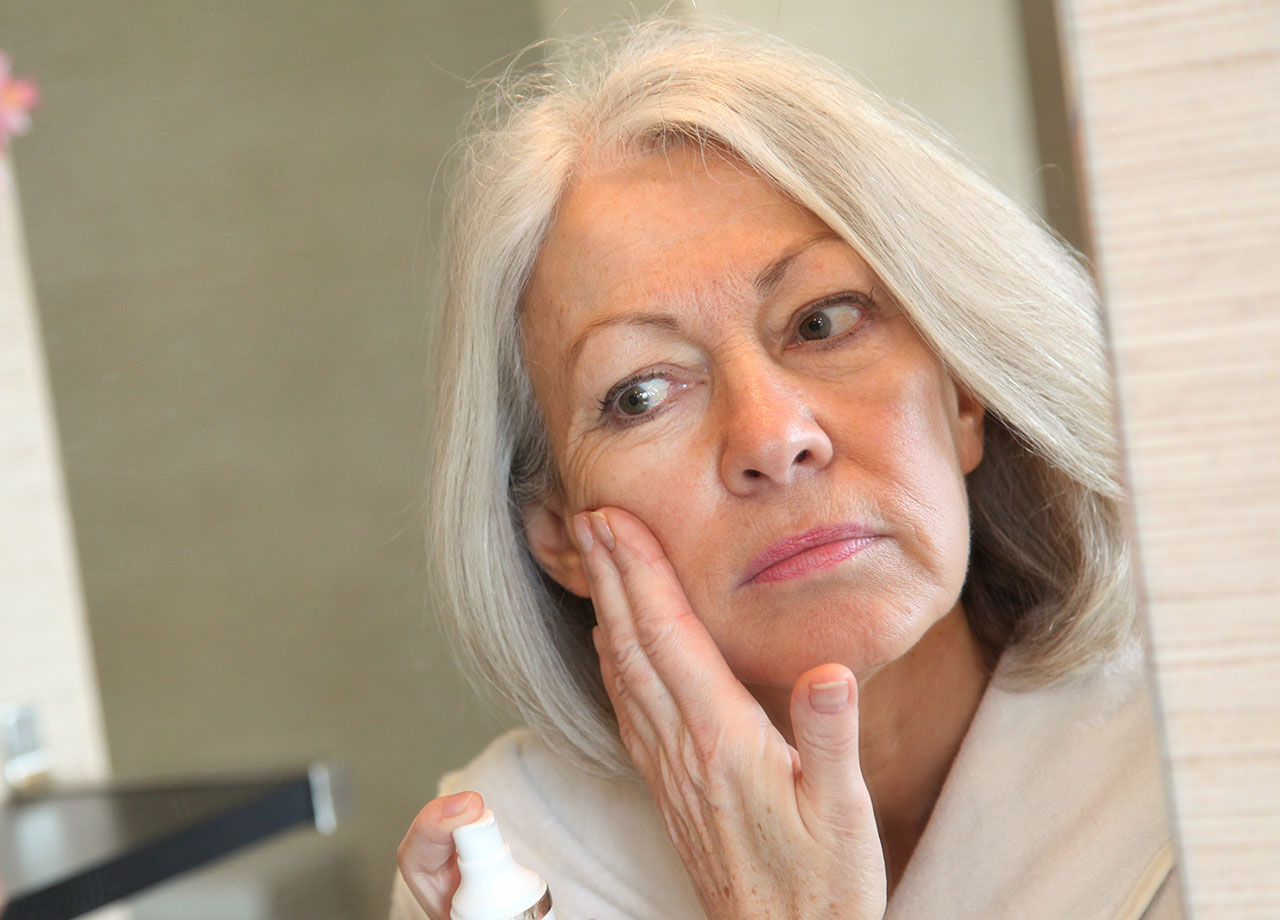
Shutterstock
Applying Too Much Foundation
Too much of anything is rarely the best thing, especially when it comes to makeup like foundation. The purpose of foundation is to simply create an even base that conceals discoloration or redness on your face. But this one makeup product should not take the place of a color corrector or concealer — two additional products that have their own jobs to do. Instead, you should choose a foundation that matches your skin tone, including your undertones (which makes this the perfect time to finally find out if you have a warm, cool, or neutral undertone).

Shutterstock
Once you find the right foundation, there’s no need to apply it everywhere. Instead, apply makeup only to those areas of your face where you feel it might be needed (common places include around the nose, where your skin can get red, and along your jawline, where you may have discoloration from UV light exposure). Blend the makeup well with a damp sponge or brush, and be sure to include your neck when you blend. Then have a look at your skin and any areas that are still showing discoloration — these are the areas that may benefit from a color corrector, concealer, and powder to seal your makeup. Piling on more foundation in these areas may just accentuate wrinkles and fine lines and make pores look larger. Less is always more.
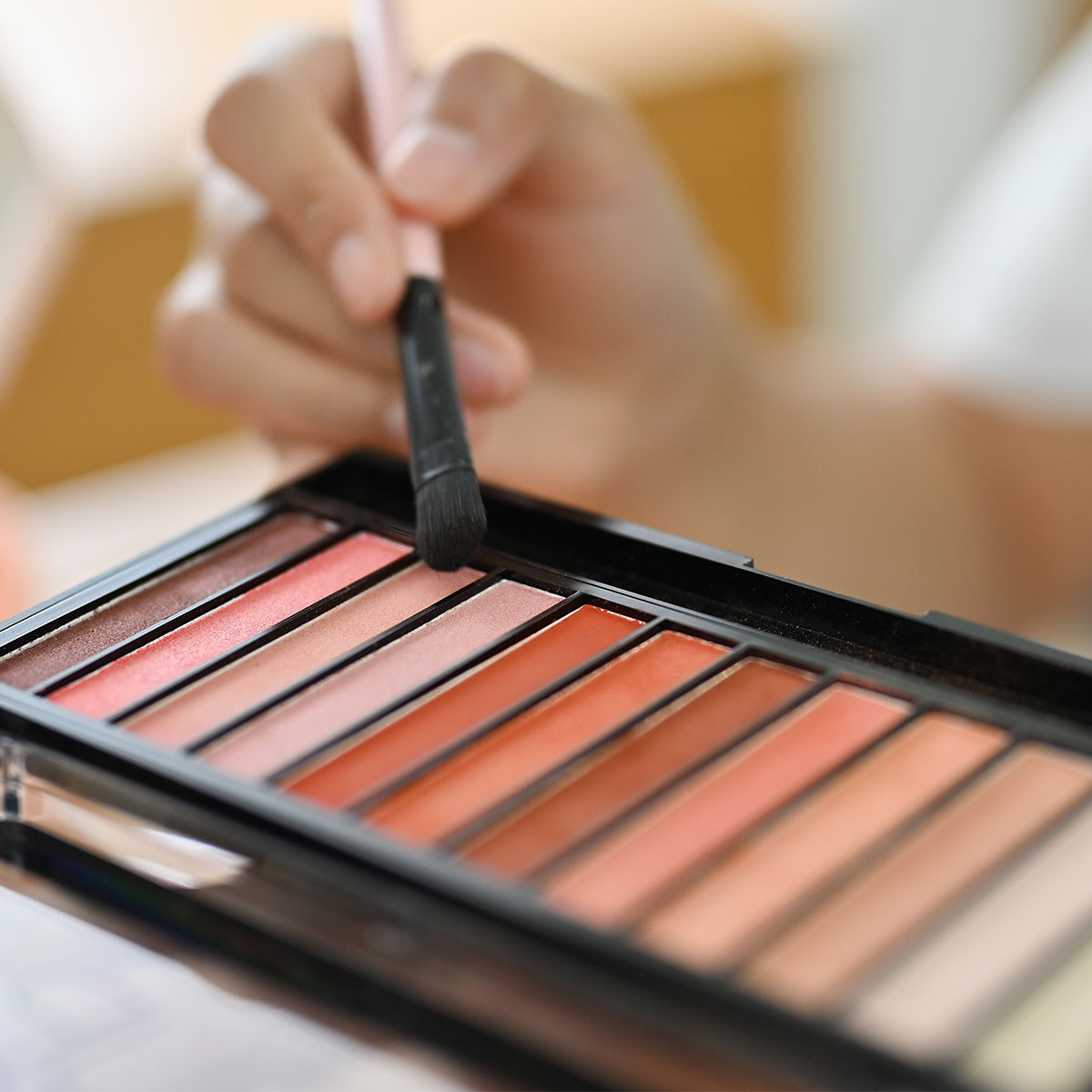
Shutterstock
Not Blending Well
Blending your foundation, concealer, blush, and eyeshadow is key to ensuring you don’t leave harsh lines on your face that can age you. Whether you opt to blend with a damp makeup sponge, makeup brushes, or your fingers is your choice — but be sure you spend the last few minutes of your makeup routine blending well. Give your skin a spritz of makeup setting spray to seal the deal for hours.
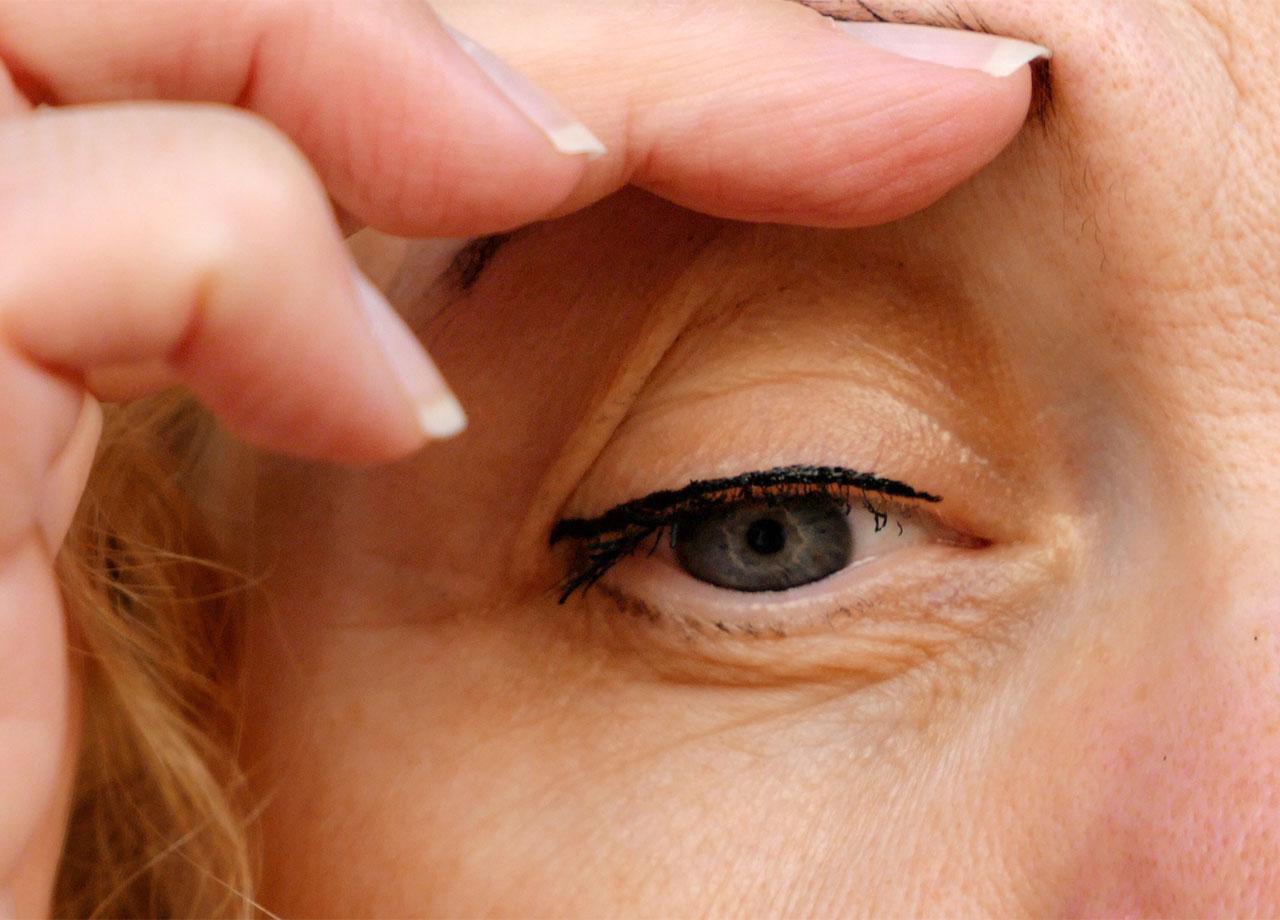
Shutterstock
Dark Eyeshadow
As we age, our eyes can take on a more hooded appearance in which the upper lid appears puffier and can conceal the lower lid. This, of course, makes eyeshadow application a bit more complicated, and some of us overcompensate by applying a very dark shade of shadow to the lid crease to create contrast. Unfortunately, any supremely dark color by the eye is only going to emphasize fine lines and look a bit harsh. A better solution is to keep shadows a light or medium neutral shade like taupe or beige and use them to open up the eye and create light, instead of contrast.
If you feel you need some kind of drama on the eye, lining the top lash line with a dark brown pencil and adding faux lashes or a great volumizing mascara is a better way to go.
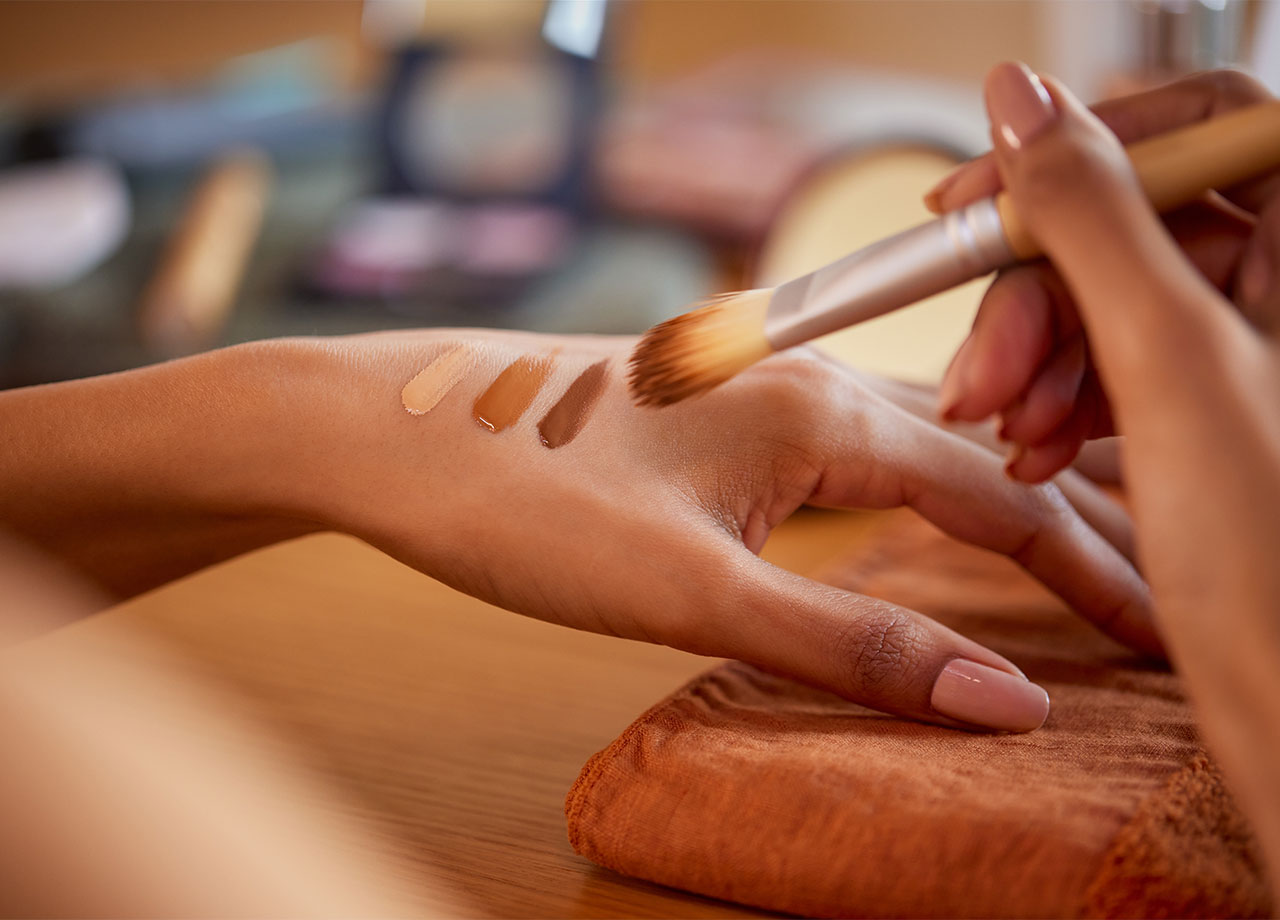
Shutterstock
Neglecting Brows
These days it seems like everyone’s brow game is strong. But following trends isn’t the point — it’s far more important to fill in sparse brows just enough to create a frame for your face. Even though some of the most famous brows of recent years have been a little too bushy for some of us to pull off, one thing we’ve all learned is that brows make a huge difference, and very thin brows can look more aging. In most cases, you won’t need to see a professional or to invest in micro blading — grab an eyebrow pencil in a shade that matches your brows and fill in areas that lack hair, but follow your brow’s natural line and don’t try to create a shape (or an arch) where one doesn’t naturally exist.

Shutterstock
Applying Dark Eyeliner to Your Bottom Waterline
Applying black or brown eyeliner to your bottom waterline can instantly close up your eyes and make them look smaller. It can even draw attention to dark circles and other discoloration around your eyes because it can appear too harsh. A better way to approach the bottom waterline is by using a nude eyeliner in this area (white can also work, but it can appear a little too bright and obvious). Nude eyeliner brightens your eyes and makes them appear larger and more awake.
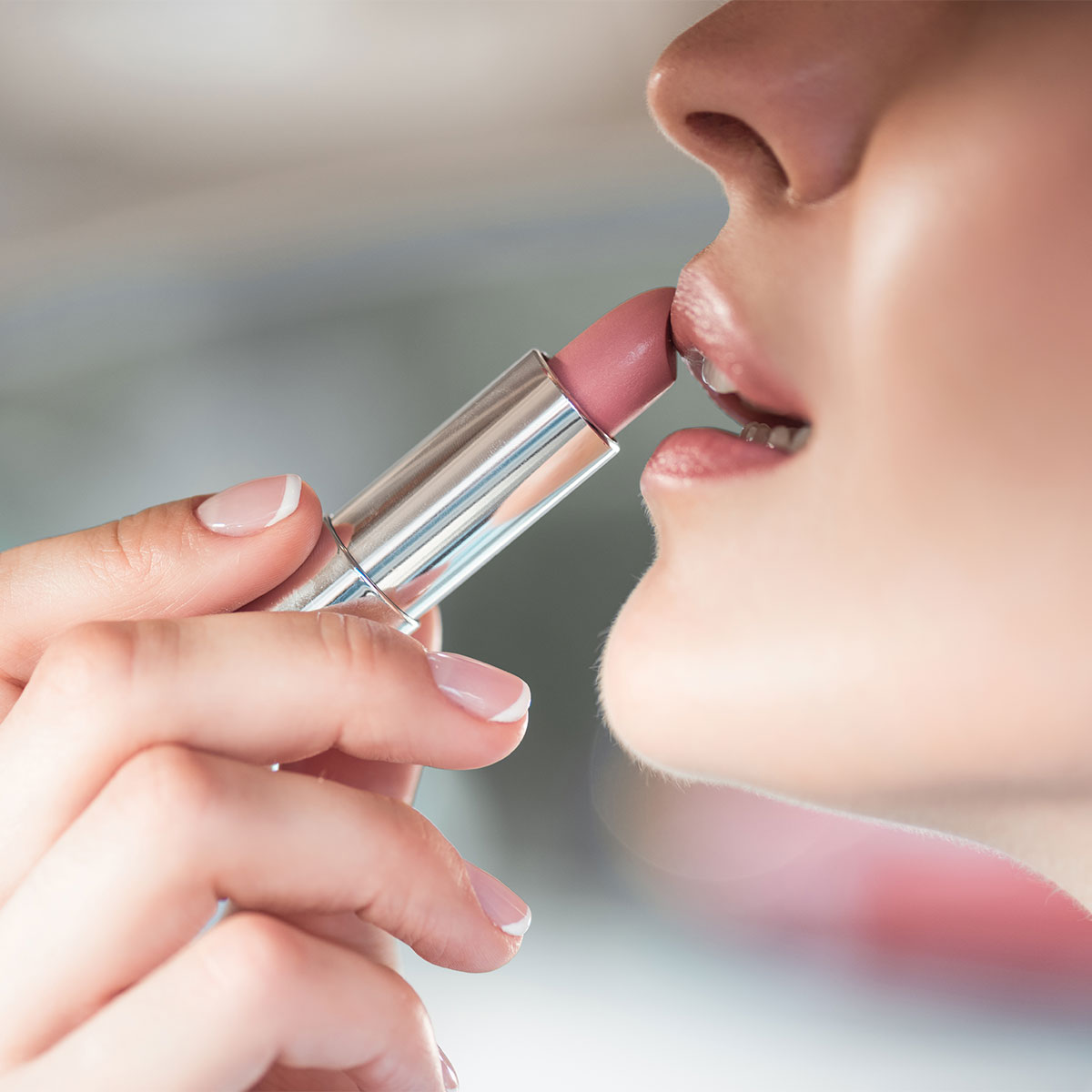
Shutterstock
Wearing Lipstick That’s Too Dark
A too-dark lipstick can create an unflattering contrast if your skin tone doesn’t complement it. It can also highlight llittle fine lines and wrinkles you may have around your lips (that are common and normal). Try instead lining your lips with a nude lipliner and applying a neutral toned lipstick and a gloss on top to “plump” up lips.
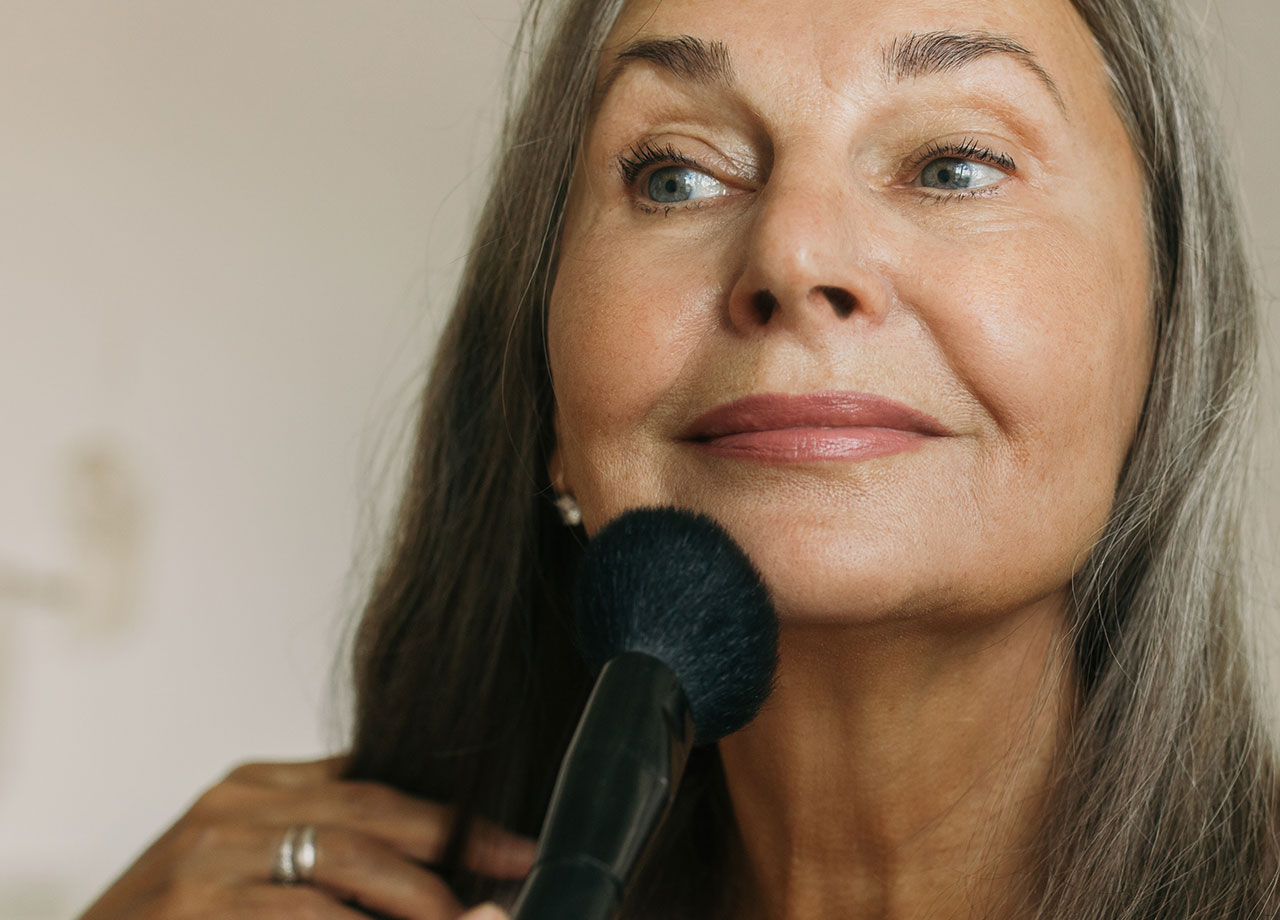
Shutterstock
Anyone can make these makeup mistakes — even if you’ve been applying your makeup for decades and thought you had every step perfected. But it’s also easy to correct these errors, and once you do, you may see a major difference in your overall look, including a more modern, fresher take on your usual makeup..

